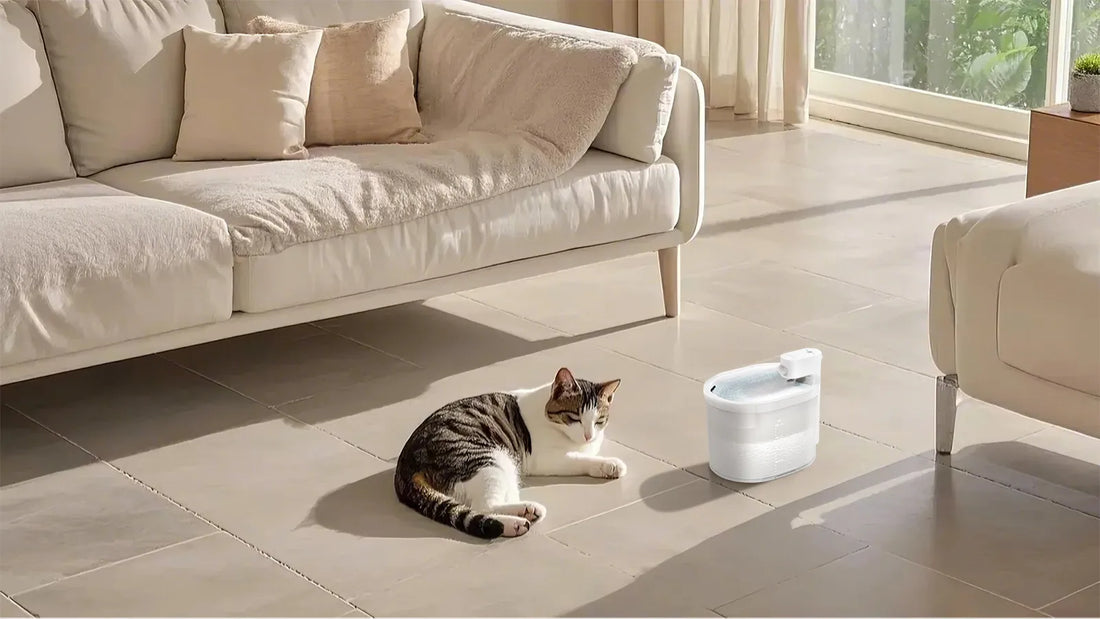If you've noticed that your dog is drinking and peeing a lot, it's natural to feel concerned. While occasional changes in behavior can be normal, excessive thirst and urination can sometimes indicate a serious health problem. Understanding the potential causes and knowing when to seek veterinary care is crucial for your dog's well-being.
Common Causes of Excessive Drinking and Peeing in Dogs
There are several reasons why your dog might be drinking and urinating more than usual. Some of the most common causes include:
- Dehydration: If your dog is dehydrated, they may drink more water to compensate. Dehydration can occur due to hot weather, illness, or insufficient water intake.
- Diabetes: Diabetes mellitus is a condition where the body cannot regulate blood sugar levels. This can lead to increased thirst and urination.
- Kidney Disease: The kidneys play a vital role in filtering waste from the blood. If they are not functioning properly, your dog may drink and pee more frequently.
- Urinary Tract Infection (UTI): A UTI can cause discomfort and increase the urge to urinate. Your dog may also drink more water to flush out the infection.
- Medications: Certain medications, such as diuretics or steroids, can increase thirst and urination as a side effect.
When to Seek Veterinary Care
While some causes of excessive drinking and peeing are relatively benign, others require immediate attention. Here are some signs that it's time to consult your veterinarian:
- Your dog is drinking and peeing excessively for more than 24 hours.
- You notice blood in your dog's urine.
- Your dog seems lethargic or unwell.
- Your dog is losing weight despite eating normally.
- Your dog is vomiting or has diarrhea.
Early intervention can make a significant difference in your dog's health, so don't hesitate to seek professional advice if you're concerned.
How to Manage Excessive Drinking and Peeing
If your dog is drinking and peeing a lot, there are steps you can take to manage the situation while waiting for a veterinary appointment:
- Monitor Water Intake: Keep track of how much water your dog is drinking each day. This information can be helpful for your veterinarian.
- Provide Fresh Water: Ensure your dog has access to clean, fresh water at all times.
- Limit Salt Intake: Excessive salt can increase thirst, so avoid feeding your dog salty foods.
- Regular Bathroom Breaks: Take your dog out for frequent bathroom breaks to prevent accidents indoors.
- Follow Veterinary Advice: If your veterinarian prescribes medication or recommends dietary changes, follow their instructions carefully.
Preventing Future Issues
While not all causes of excessive drinking and peeing can be prevented, there are steps you can take to reduce the risk:
- Regular Check-Ups: Routine veterinary visits can help detect potential health issues early.
- Balanced Diet: Feed your dog a high-quality, balanced diet to support overall health.
- Exercise: Regular physical activity can help maintain a healthy weight and support kidney function.
- Hydration: Ensure your dog stays hydrated, especially during hot weather or after exercise.
- Avoid Toxins: Keep harmful substances, such as antifreeze or certain plants, out of your dog's reach.
If your dog is drinking and peeing a lot, it's essential to take the situation seriously. By understanding the potential causes, seeking veterinary care when necessary, and taking preventive measures, you can help ensure your furry friend stays healthy and happy. Don't ignore the signs—your dog's health could depend on it.













